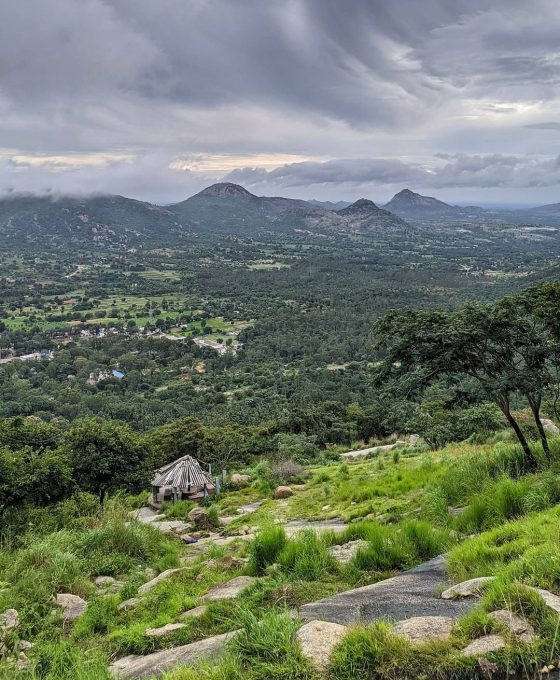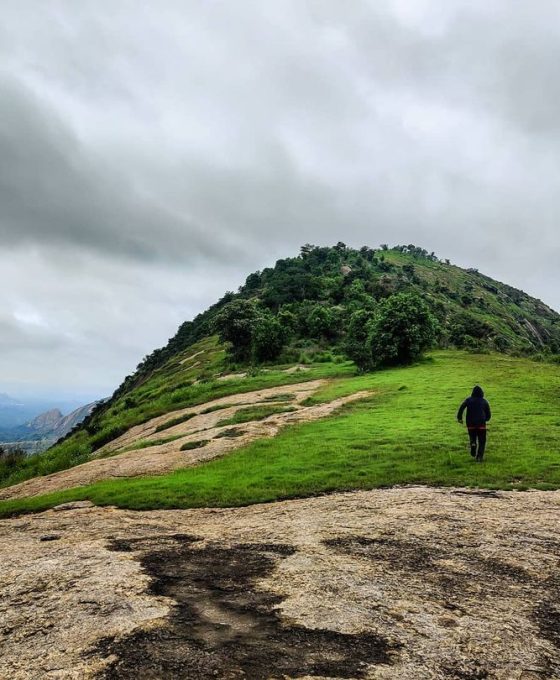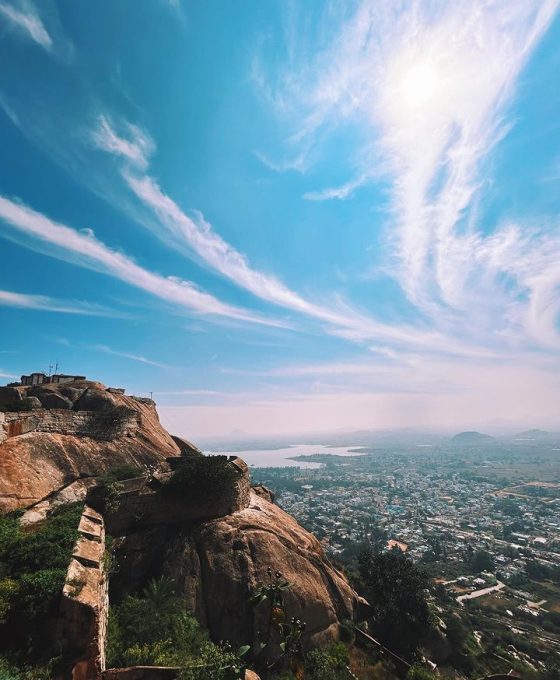Things to do in Bangalore

Trekking

Night Trek

Camping

Parties

One Day Trips

Two Days Trip

Adventure

Workshop

Trekking

Camping

One & Two Day Trips

Adventure & Parties
Architectural Wonders: Historical Places in Bangalore You Can't Miss
Introduction
Bangalore, known as the Silicon Valley of India, is often celebrated for its modernity and technological advancements. However, beneath its contemporary facade lies a city steeped in history, with numerous historical sites that tell tales of its vibrant past. From majestic palaces to ancient temples and colonial structures, Bangalore offers a fascinating journey through time for history enthusiasts and curious travellers alike. In this article, we will explore the historical places in Bangalore, delving into their significance, architectural grandeur, and the stories they hold.
Historical Evolution of Bangalore
Bangalore’s history dates back to the early centuries when it was a modest settlement. The city’s evolution can be traced through the dynastic influences of the Western Ganga Dynasty, the Chola Dynasty, the Vijayanagara Empire, and the Wodeyars of Mysore. Each period left an indelible mark on the city’s architecture, culture, and heritage. Bangalore became a significant administrative centre under British rule during the colonial era, further enriching its historical tapestry.
Iconic Palaces of Bangalore
Bangalore Palace
Bangalore Palace, inspired by England’s Windsor Castle, is a testament to the city’s royal heritage. Constructed in 1878 by Chamaraja Wodeyar, this Tudor-style palace features elegant wood carvings, gothic windows, and sprawling grounds, making it a popular tourist attraction.
Tipu Sultan’s Summer Palace
Situated in the city’s heart, Tipu Sultan’s Summer Palace is a fine example of Indo-Islamic architecture. Built entirely of teakwood, it was a summer retreat for Tipu Sultan, the ruler of Mysore. The palace showcases intricate carvings and beautiful frescoes.
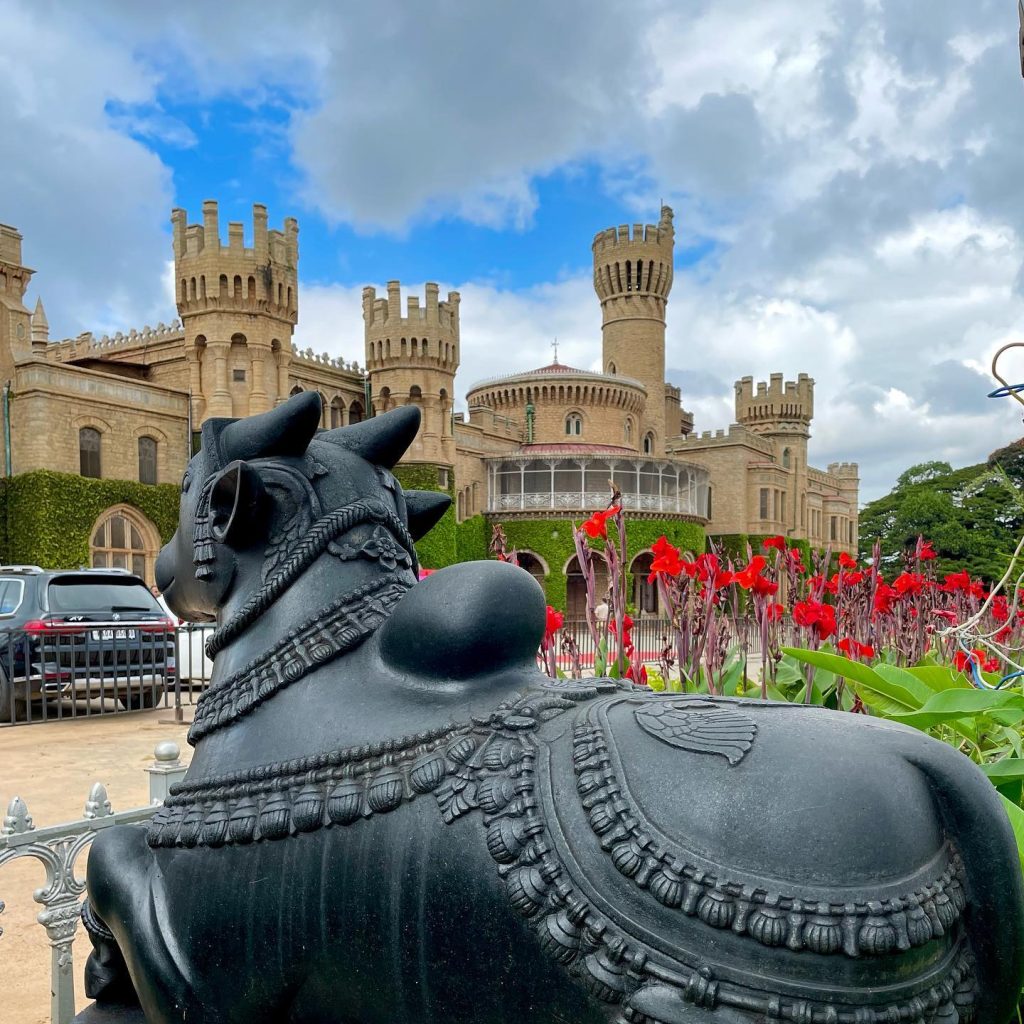
Ancient Temples and Religious Sites
Nandi Temple
Also known as the Bull Temple, the Nandi Temple is dedicated to Nandi, Lord Shiva’s vehicle. Located in Basavanagudi, this temple houses one of the world’s most giant monolithic Nandi statues, attracting devotees and tourists alike.
Kote Venkataramana Temple
Built during the reign of the Wodeyars in the 17th century, Kote Venkataramana Temple is a stunning example of Dravidian architecture. This temple is located near the old fort and is dedicated to Lord Venkateshwara.
Dodda Basavana Gudi
Dodda Basavana Gudi, or the Big Bull Temple, is another significant temple in Bangalore. It is known for its massive granite Nandi statue. The temple’s annual groundnut fair, Kadlekai Parishe, is a unique cultural event celebrated fervently.
Events in Bangalore
Skandagiri Trek
Moderate trek, suitable for everyone, with some steep sections.
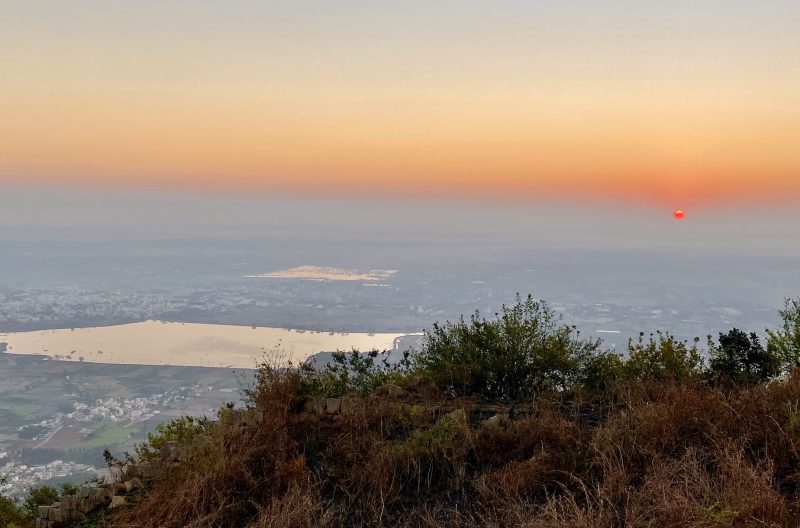
Uttari Betta Trek
Huttari Betta trek offers diverse trails through rocky terrain and lush forests.
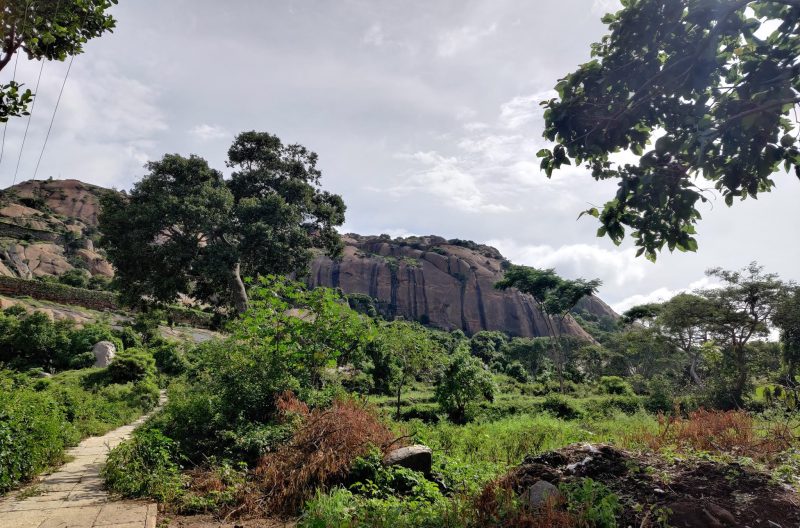
Ettina Bhuja Trek
Descending trek provides serenity, ideal for escaping urban chaos and reconnecting.
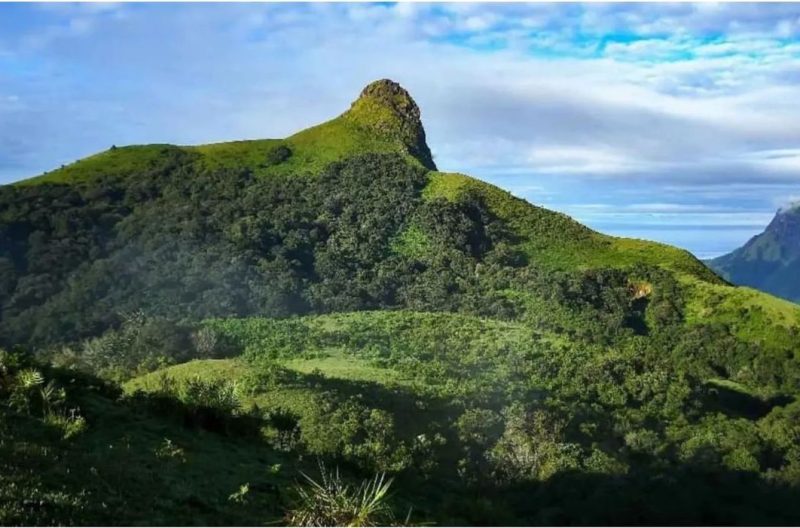
Colonial Architecture and Landmarks
Mark’s Cathedral
St. Mark’s Cathedral, with its colonial-era architecture, is one of the oldest churches in Bangalore. Built-in 1808, it reflects the British influence on the city’s religious and architectural landscape.
Attara Kacheri
Located opposite the Vidhana Soudha, Attara Kacheri houses the High Court of Karnataka. This red-brick building, constructed in 1868, is a fine example of neoclassical architecture from the British era.
Bangalore Fort
Initially built by Kempe Gowda in 1537 and later expanded by Tipu Sultan, Bangalore Fort played a crucial role in the city’s defence. Though much of the fort has been lost to time, the remaining structures offer a glimpse into Bangalore’s storied past.
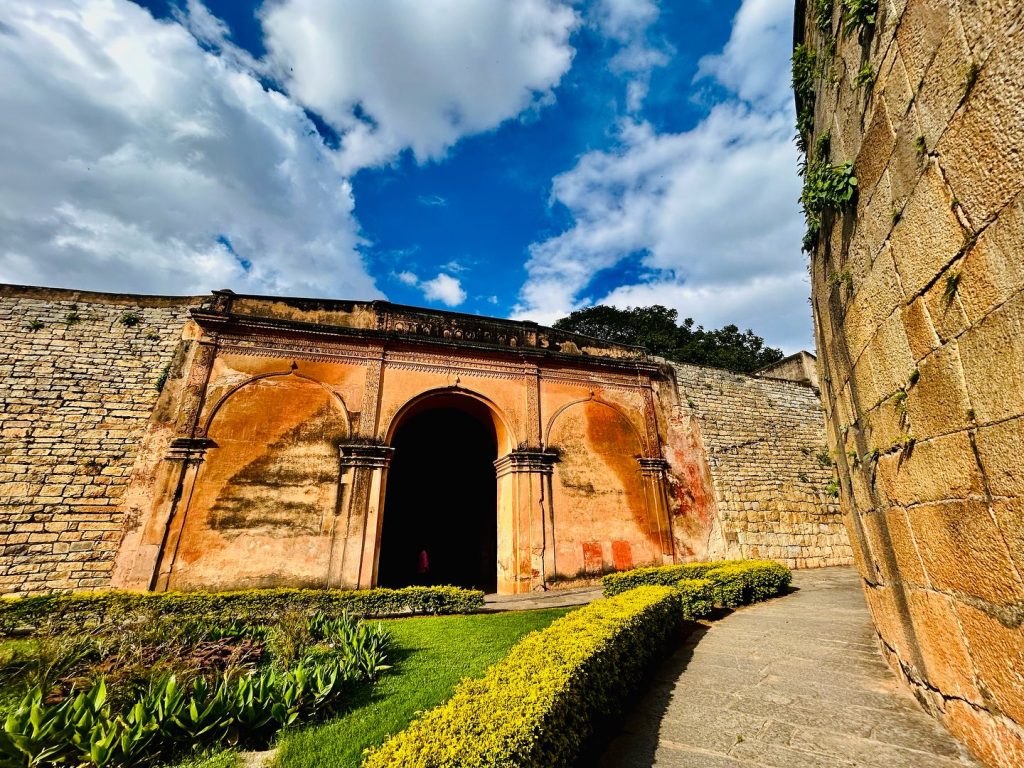
Museums Preserving Bangalore's History
Government Museum
The Government Museum, established in 1865, is one of India’s oldest museums. It houses a vast collection of artefacts, including sculptures, inscriptions, and coins, that provide insights into Bangalore’s rich history.
Kempegowda Museum
Dedicated to the city’s founder, Kempegowda Museum showcases artefacts, photographs, and information about Kempe Gowda’s life and times, offering a deeper understanding of Bangalore’s origins.
HAL Heritage Centre
The HAL Heritage Centre and Aerospace Museum highlights Bangalore’s significant contribution to aviation and aerospace. It features models, photographs, and exhibits that trace the evolution of India’s aviation industry.
Historic Parks and Gardens
Lalbagh Botanical Garden
Lalbagh Botanical Garden, established in the 18th century by Hyder Ali and later expanded by Tipu Sultan, is a treasure trove of botanical diversity. This garden features a stunning glasshouse inspired by London’s Crystal Palace and hosts the annual flower show.
Cubbon Park
Cubbon Park, named after Sir Mark Cubbon, is a sprawling green oasis in the heart of Bangalore. Established in 1870, the park is home to numerous historical buildings, statues, and a wide variety of flora, making it a popular spot for locals and tourists.
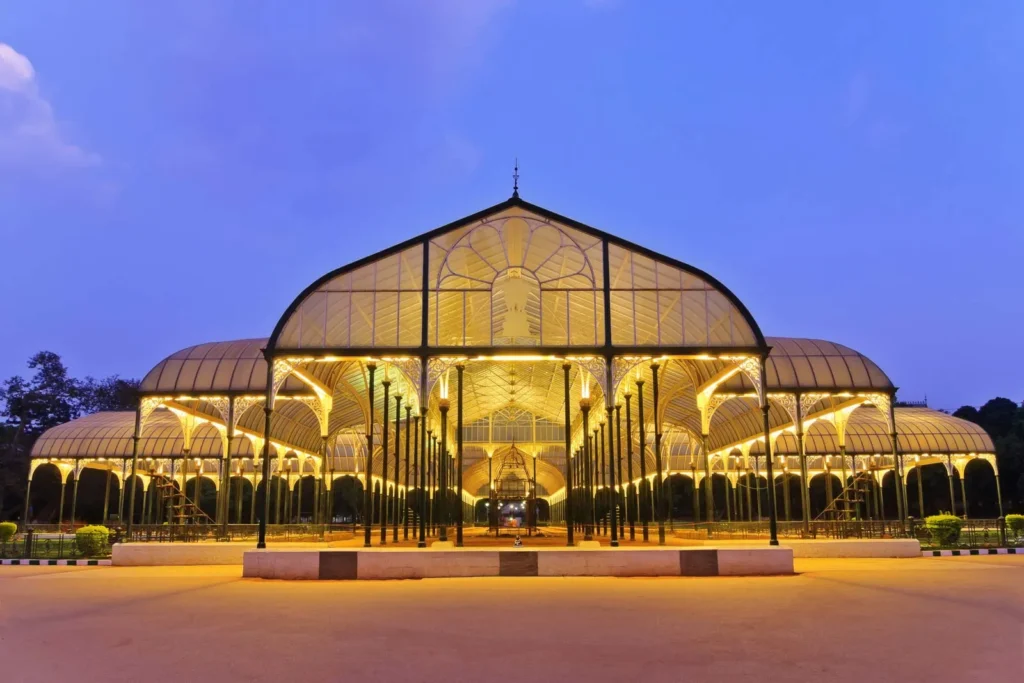
Influence of Dynasties on Architecture
The architectural landscape of Bangalore has been significantly shaped by various dynasties. The Vijayanagara Empire’s influence is evident in the intricate carvings and grand temples, while the Wodeyars of Mysore contributed to the city’s stately and cultural heritage. Each dynasty left a unique architectural footprint, blending traditional styles with local aesthetics.
Significant Battlefields and Forts
Devanahalli Fort
Devanahalli Fort, located on the outskirts of Bangalore, is the birthplace of Tipu Sultan. Built in 1501, it witnessed numerous battles and stands as a testament to the region’s military history.
Bangalore Fort
Bangalore Fort, initially constructed by Kempe Gowda and later reinforced by Tipu Sultan, played a pivotal role during the Anglo-Mysore wars. The remnants of the fort offer a glimpse into the city’s strategic importance in the past.
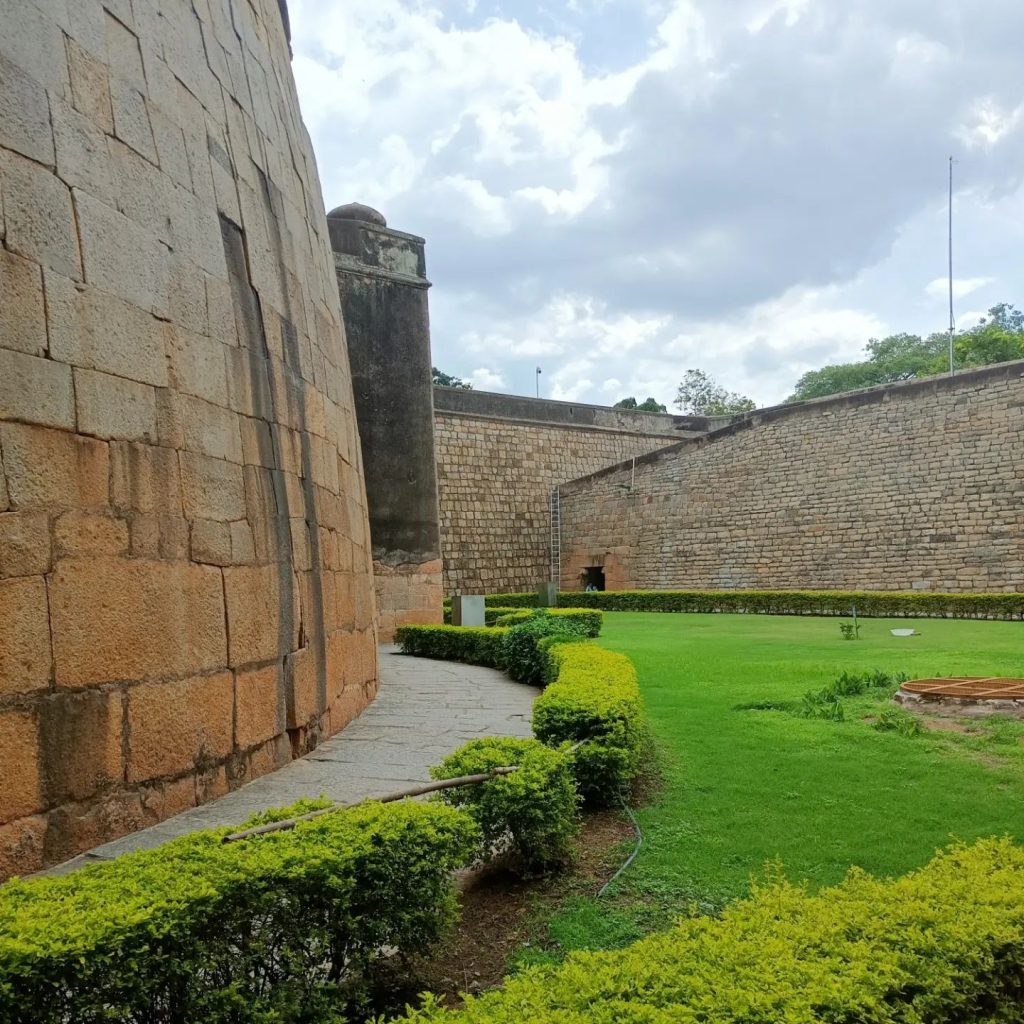
Markets and Trading Centers
KR Market
KR Market, also known as City Market, is one of the oldest and busiest markets in Bangalore. Established in 1928, it is a vibrant hub for fresh produce, flowers, and various commodities, reflecting the city’s bustling trade and commerce.
Chickpet Market
Chickpet Market, with its narrow lanes and historical significance, is a paradise for textile enthusiasts. This market has been a trading centre for centuries, offering various fabrics and traditional garments.
Cultural Heritage Sites
Karnataka Chitrakala Parishath
Karnataka Chitrakala Parishath is an important cultural institution that promotes and preserves the art and heritage of Karnataka. It hosts numerous exhibitions, workshops, and cultural events, showcasing the state’s rich artistic traditions.
Rangasthala
Rangasthala is a well-known cultural venue in Bangalore that is that promotes performing arts. It hosts a variety of artistic performances, including theatre, dance, and music, highlighting the city’s vibrant cultural scene.
Famous Statues and Monuments
Statue of Sir Mark Cubbon
The statue of Sir Mark Cubbon, located in Cubbon Park, honors the British administrator who significantly contributed to Bangalore’s development during the 19th century. This monument commemorates his contributions to the city’s infrastructure and governance.
Mahatma Gandhi Statue
The statue of Mahatma Gandhi on MG Road is a prominent landmark in Bangalore. It serves as a reminder of Gandhi’s principles and role in India’s independence movement, making it a site of historical and cultural significance.
Influence of British Architecture
Victoria Hospital
Victoria Hospital, established in 1900, is one of the oldest hospitals in Bangalore. Its colonial-style architecture and historical importance make it a significant landmark in the city’s medical history.
Mayo Hall
Mayo Hall, built in honour of the 4th Viceroy of India, Lord Mayo, is a fine example of British colonial architecture. Located on MG Road, it serves as an administrative office and a venue for various events.
Famous Residences and Havelis
Tudor-style Bangalore Palace
With its Tudor-style architecture and sprawling grounds, Bangalore Palace served as the residence of the Wodeyars of Mysore. Its grand interiors and regal charm continue to attract visitors, offering a glimpse into the royal lifestyle of yesteryears.
Raj Bhavan
Raj Bhavan, the official residence of the Governor of Karnataka, is an iconic colonial-era building. Its beautiful architecture and well-maintained gardens make it a significant historical and administrative landmark.
Historic Hotels and Hospitality
Taj West End
Established in 1887, Taj West End is one of the oldest and most luxurious hotels in Bangalore. Its colonial charm, lush gardens, and rich history make it a preferred choice for dignitaries and tourists.
The Bangalore Club
The Bangalore Club, founded in 1868, is one of the oldest clubs in India. It boasts a rich heritage, with notable members including Winston Churchill. The club’s historical ambience and exclusive facilities continue to uphold its legacy.
Street Names with Historical Importance
MG Road
MG Road, named after Mahatma Gandhi, is one of the most famous streets in Bangalore. It is a bustling commercial hub with historical significance, featuring numerous shops, restaurants, and landmarks.
Brigade Road
Brigade Road, another prominent street in Bangalore, has a rich historical background. It was originally a parade ground for the British army and has now transformed into a vibrant shopping and entertainment district.
Religious and Cultural Festivals
Dussehra
Dussehra is celebrated with grandeur in Bangalore, marking the victory of good over evil. The festivities include vibrant processions, cultural performances, and traditional rituals, highlighting the city’s rich cultural heritage.
Ugadi
Ugadi, the Kannada New Year, is enthusiastically celebrated in Bangalore. It involves traditional customs, festive foods, and cultural events that showcase the region’s heritage and traditions.
Karaga Festival
The Karaga Festival, one of Bangalore’s oldest and most significant festivals, is dedicated to the goddess Draupadi. The festival features a grand procession and traditional rituals, reflecting the city’s deep-rooted cultural and religious practices.
Archaeological Finds and Excavations
Halasuru Someshwara Temple Excavations
Excavations at the Halasuru Someshwara Temple have revealed significant archaeological finds, shedding light on the temple’s ancient origins and the city’s historical timeline.
Begur Inscription
The Begur Inscription, dating back to the 9th century, is one of the earliest references to ‘Bengaluru’. This inscription provides valuable insights into the city’s early history and settlement patterns.
Heritage Walks and Tours
Guided Tours
Guided heritage tours offer an immersive experience of Bangalore’s historical sites. These tours provide in-depth knowledge and stories, making history come alive for participants.
Walking Trails
Walking trails through historic neighbourhoods and landmarks allow visitors to explore Bangalore’s rich heritage at their own pace. These trails highlight the architectural and cultural significance of various sites.
Cultural Walks
Cultural walks in Bangalore offer a blend of history, art, and local traditions. These walks include visits to heritage sites, cultural institutions, and markets, providing a comprehensive understanding of the city’s heritage.
Bangalore in Historical Literature
Numerous historical accounts and literature have captured Bangalore’s rich history. Books and records provide detailed narratives of the city’s evolution, key events, and prominent figures, offering a deep dive into its past.
Preservation of Historical Sites
Efforts to preserve Bangalore’s historical sites are undertaken by both government bodies and NGOs. Conservation initiatives, heritage regulations, and community involvement play crucial roles in safeguarding the city’s heritage for future generations.
Future of Historical Sites in Bangalore
The future of Bangalore’s historical sites depends on continued preservation efforts and adaptive reuse. Balancing development with conservation, promoting awareness, and addressing challenges such as urbanization and neglect are vital to maintaining the city’s heritage.
Conclusion
Bangalore’s historical places offer a fascinating journey through time, showcasing the city’s rich heritage and cultural diversity. Each site tells a unique story, from ancient temples and majestic palaces to colonial architecture and vibrant markets. Exploring these historical landmarks provides insights into Bangalore’s past and enriches the experience of visiting this dynamic city. Whether you’re a history enthusiast, a curious traveller, or a local resident, Bangalore’s historical treasures await your discovery.
Share Your Opinion!
Video Glimpse
Picks By Erica
Makalidurga Trek
Siddara Betta Trek
Handi Gundi Betta
- Skandagiri Trek
- Kumara Parvatha Trek
- Uttari Betta Trek
- Makalidurga Trek
- Tadiandamol Trek
- Ettina Bhuja Trek
- Nandi Hills Trek
- Mullayanagiri Trek
- Kunti Betta Trek
- Devarayanadurga Trek
- Madhugiri Trek
- Narasimha Parvatha Trek
- Pushpagiri Trek
- Kurinjal Trek
- Ombattu Gudda Trek
- Kabbaladurga Trek
- Siddara Betta Trek
- Bheemeshwari Trek
- Bandaje Arbi Falls Trek
- Jenukal Gudda Trek
- Bababudangiri Trek
- Ranganathaswamy Betta Trek
- Kumta Beach Trek
- Bananthimari Betta Trek
- Netravathi Trek
- Bidarakatte Trek
- Kote Betta Trek
- Rayakottai Trek
- Sharavathi Valley Trek
- Savandurga Trek
- Anthargange Trek
- Nishani Motte Trek
- Kodachadri Trek
- Kudremukh Trekking Adventure
- Nirvana Beach Camping
- Handi Gundi Betta Trek
- Sathodi Falls Karnataka
- Channagiri Betta Trek
- Gudibande Fort Trek
- Dudhsagar Falls Trek
- Bandaje Trek
- Kumaraparvata Trekking
- Ravugodlu Trek
- Agumbe
- Ettina Bhuja
- Savandurga
- Shivagange
- Dudhsagar Falls
- Kodachadri
- Sirimane Falls
- Iruppu Falls
- Rayakottai
- Banasura Hill
- Netrani Island
- Netravati Peak
- Mullayanagiri
- Gokarna
- Dandeli
- Chikkamagaluru
- Coorg
- Bangalore
- Kemmangundi
- Karnataka India
- Mysore
- Sakleshpur
- Kotagiri
- Kollur
- Kumta
- Yana
- Devarayanadurga
- Hampi
- Mandalpatti Peak
- Madhugiri Hill
- Avani Betta
- Didupe
- Kumara Parvatha
- Shimoga
- Ermayi Falls
- Manchabele Reservoir
- Bheemeshwari
- Kaiwara
- Kodaikanal Falls
- Murkannu Gudda
- Surla Waterfalls
- Kavaledurga Fort
- Kemmangundi
- Magod Falls
- Jog Falls
- Kanva Dam
- Pandavara Betta
- Ramadevara Betta
- Bhuvanagari Fort
- Athirapally Waterfalls
- Muthati
- Kunthi Hills
- Cubbon Park
- Bannerghatta Biological Park
- Innovative Film City
- Bull Temple
- Murudeshwar
- Markonahalli Dam
- Janapada Loka
- Mallalli Falls
- Devaramane Viewpoint
- Kalasa
- Nagarhole National Park
- Talakadu
- Gangadikal Peak
- Chunchi Falls
- Channagiri Hills
- Horagina Betta
- Kyatanamakki
- Bheemana Kindi
- Muregar Falls
- Devimane Ghat
- Gudavi Bird Sanctuary
- Agni Gudda
- Kurinjal Peak
- Apsarakonda Falls
- Belur And Halebidu
- Soormane Falls
- Srirangapatna Temple
- Hampi Trek
- Dandeli Falls
- Wayanad Trek
- Chikmagalur Hills
- Agumbe Falls
- Paithalmala
- Bangalore Palace
- Mashobra Hills
- Night Camping
- Kaveri Nisargadhama
- Unchalli Falls
- Sakleshpur Falls
- Chikmagalur Trekking Places
- Kaginahare
- Rani Jhari
- Abbey Falls
- Kudremukh National Park
- Bannerghatta National Park
- Nijagal Betta
- Madikeri Fort
- Kid Friendly Places Near Bangalore
- Camping Near Bangalore
- Two Day Trip From Bangalore
- Weekend Outing In Bangalore
- Trekking Near Bangalore
- One Day Trip Near Bangalore
- Parties In Bangalore
- Trekking Packages
- Night Trek Bangalore
- Treks Near Bangalore
- Night Trekking In Bangalore
- Weekend Getaways From Bangalore
- Bangalore To Coorg Package
- Best Tourist Places In Kerala
- Team Outing Near Bangalore
- One-Day Road Trips From Bangalore By Car
- Ettina Bhuja Distance From Bangalore
- Hill Stations Near Banaglore
- One Day Trek
- Trekking Near Myosre
- Waterfalls Near Bangalore
- Picnic Spots Near Bangalore
- Top Tourist Places In Bangalore
- Trekking In Bangalore
- Chikmagalur Trekking Packages
- Bangalore To Hampi Distance
- New Year Events In Bangalore
- Sunrise Trek Near Bangalore
- Places To Visit In Madikeri In 2 Days
- Go Karting In Bangalore
- Trampoline Park Bangalore
- Best Street Food In Bangalore
- Places To Visit In Tumkur
- Agumbe Tourist Places
- Best Beach In Gokarna
- Kanakapura Waterfalls
- Sunrise At Nandi Hills
- Uttari Betta Trek Location
- Bangalore To Gokarna
- Bangalore To Coorg
- Bangalore To Ooty
- Nandi Hills Tent Stay
- Dandeli Trekking
- Murudeshwar Sightseeing
- Waterfalls In Udupi
- Solo Travel
- Adventure
- Beautiful Places To Visit In India
- Kolukkumalai Sunrise
- Mysore Trip
- Coorg Waterfalls
- Chikmagalur Hill
- White Hills Bangalore
- Sholay Shooting Hill Top
- Activities To Do In Bangalore
- Night Camping
- Hills In Bangalore
- Places To Visit Near Adiyogi
- Trekking In Karnataka
- Agumbe Ghat
- Bangalore To Munnar
- Bangalore To Hampi
- Bangalore To Coorg Distance
- Banglore To Ooty
- Bangalore To Sakleshpur
- Bangalore To Hogenakkal
- How To Reach Coorg
- Bangalore To Shivanasamudra
- Bangalore To Mysore
- Bangalore To Kodaikanal
- Bangalore To Kudremukh
- Bangalore To Chikmagalur Distance
- Bangalore To Shimoga
- Frequently Asked Questions - Munnar
- Frequently Asked Questions - Ooty
- Frequently Asked Questions - Mangalore
- Frequently Asked Questions - Dudhsagar
- Frequently Asked Questions - Dandeli
- Frequently Asked Questions - Chikmagalur
- Frequently Asked Questions - Coorg
- Frequently Asked Questions - Mysore
- Frequently Asked Questions - Alleppey
- Frequently Asked Questions - Bangalore
- Frequently Asked Questions - Bangalore
Host Events
Collaboration
Copyright © 2024 EventsErica



